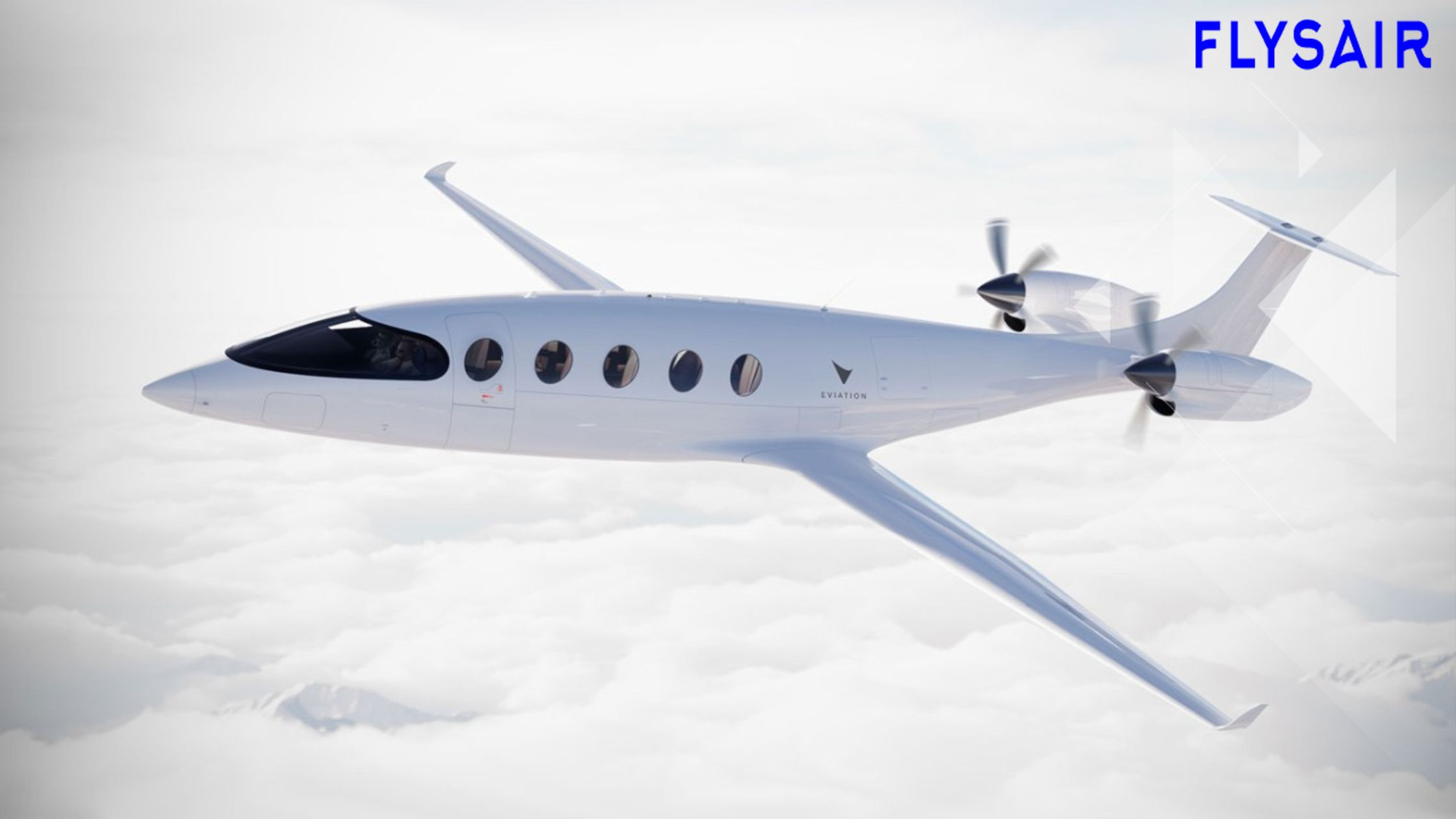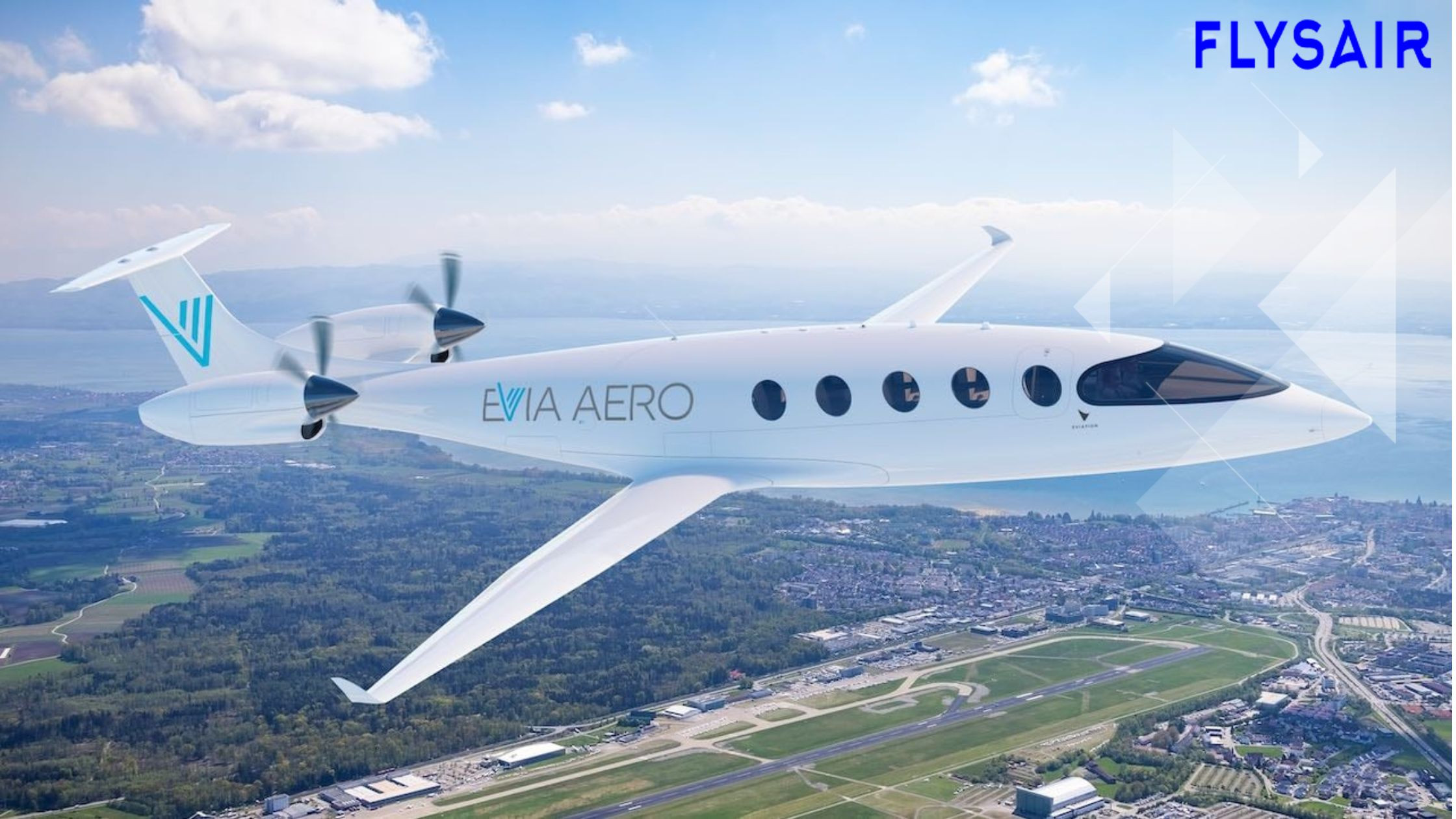The Future of Electric Planes in Commercial Aviation
Posted on June 21, 2024 by Admin

The Future of Electric Planes in Commercial Aviation
The aviation industry is on the brink of a significant transformation with the advent of electric planes. As the world grapples with climate change and the need for sustainable practices, the future of electric planes in commercial aviation holds immense promise. Electric planes offer the potential to revolutionize air travel by reducing carbon emissions, lowering operating costs, and providing quieter, more efficient flights. This blog delves into the prospects and challenges of integrating electric planes into commercial aviation, exploring how this innovation could reshape the industry.

The Promise of Electric Planes
1. Environmental Impact
One of the most compelling reasons for the shift towards electric planes is their potential to reduce the aviation industry's environmental footprint. Traditional jet engines burn fossil fuels, releasing significant amounts of CO2 and other pollutants into the atmosphere. The future of electric planes, powered by batteries or hydrogen fuel cells, promises zero-emission flights, significantly curbing greenhouse gas emissions.
2. Cost Efficiency
The future of electric planes also includes the promise of lower operating costs. Electric propulsion systems are generally more efficient than their combustion counterparts, leading to lower fuel costs. Additionally, electric planes have fewer moving parts, which can reduce maintenance expenses. These cost savings could make air travel more affordable and accessible.
3. Noise Reduction
Electric planes are quieter than conventional aircraft, which could revolutionize commercial aviation by reducing noise pollution around airports. This would benefit communities near airports and open up the possibility of more flexible flight schedules, as noise restrictions could be eased.
Must Read : Summer Travel: Best Destinations for Every Type of Traveler
Current Developments in Electric Aviation
Several companies and research institutions are pioneering the development of electric planes, marking significant strides towards making this technology commercially viable.
1. Short-Haul Flights
The initial focus of electric aviation has been on short-haul flights, which are ideal for electric propulsion due to current battery limitations. Companies like Eviation with its Alice aircraft and Pipistrel with its Velis Electro are leading the charge, developing electric planes capable of regional travel.
2. Hybrid-Electric Models
Hybrid-electric planes, which combine traditional jet engines with electric propulsion systems, represent a significant step towards fully electric commercial aviation. These models can extend the range of electric planes while still benefiting from reduced emissions and lower fuel consumption.
3. Battery and Fuel Cell Innovations
Advancements in battery technology and hydrogen fuel cells are critical to the future of electric planes. Companies are investing heavily in research to improve energy density, reduce weight, and enhance charging times, which are essential for the feasibility of electric long-haul flights.

Challenges Facing Electric Planes
Despite the exciting prospects, several challenges need to be addressed to realize the future of electric planes in commercial aviation fully.
1. Energy Density and Weight
Current battery technology does not yet offer the energy density required for long-haul flights without adding significant weight. This limitation restricts electric planes to short-haul routes unless substantial advancements in battery technology are made.
2. Infrastructure Development
The future of electric planes depends on the development of adequate charging infrastructure at airports. This includes high-capacity charging stations and the ability to handle the electrical demands of multiple planes simultaneously.
3. Regulatory Hurdles
Regulatory frameworks will need to adapt to accommodate electric planes. This involves certification processes, safety standards, and operational guidelines, all of which must evolve to ensure the safe and efficient integration of electric aircraft into the commercial fleet.
The Road Ahead
The future of electric planes in commercial aviation is promising, with numerous benefits for the environment, cost efficiency, and noise reduction. However, significant challenges remain, particularly in terms of technology and infrastructure development. Continued investment in research and development, coupled with supportive regulatory frameworks, will be essential to overcome these hurdles and make electric planes a common sight in our skies.
As the aviation industry continues to innovate and push the boundaries of what is possible, the dream of fully electric commercial flights edges closer to reality. The transition to electric planes represents a monumental step towards a more sustainable and efficient future for air travel, promising to transform how we fly.
Must Read : Maximizing Your Miles in Los Angeles: A Traveler’s Guide
Faqs
-
1. What are the primary benefits of electric planes?
The primary benefits include reduced carbon emissions, lower operating costs, and decreased noise pollution. Electric planes promise a more sustainable and efficient future for aviation.
-
2. Are there any fully electric commercial planes in operation today?
As of now, fully electric commercial planes are primarily in the development and testing stages. Several companies are making significant progress, particularly with short-haul electric aircraft.
-
3. What are the main challenges facing the development of electric planes?
The main challenges include improving battery energy density, developing adequate charging infrastructure, and adapting regulatory frameworks to ensure safety and efficiency.
-
4. How do hybrid-electric planes differ from fully electric planes?
Hybrid-electric planes combine traditional jet engines with electric propulsion systems, offering a transitional solution that reduces emissions and fuel consumption while extending the range compared to fully electric planes.
-
5. When can we expect electric planes to become a common sight in commercial aviation?
While significant advancements are being made, widespread adoption of electric planes in commercial aviation may take a decade or more. Continued research, technological improvements, and regulatory support will be crucial in this transition.
Recent Post
- Singapore Airlines: Tips for Booking the Best Seats in Economy Class
- The World’s Busiest Airports: Managing High Passenger Volumes
- How Airlines are Enhancing Passenger Experience with Technology
- The Impact of Low-Cost Airlines on the Aviation Industry
- Top 10 Airlines for Customer Service in 2024
- British Airways: Navigating Avios Points for Free Flights
- The Unique Features of Air France’s Premium Economy Class
- The Best Airlines for Group Travel: Discounts and Services
- Tips for Traveling with Disabilities: Airline Policies and Support Services
- How to Upgrade Your Seat Without Breaking the Bank